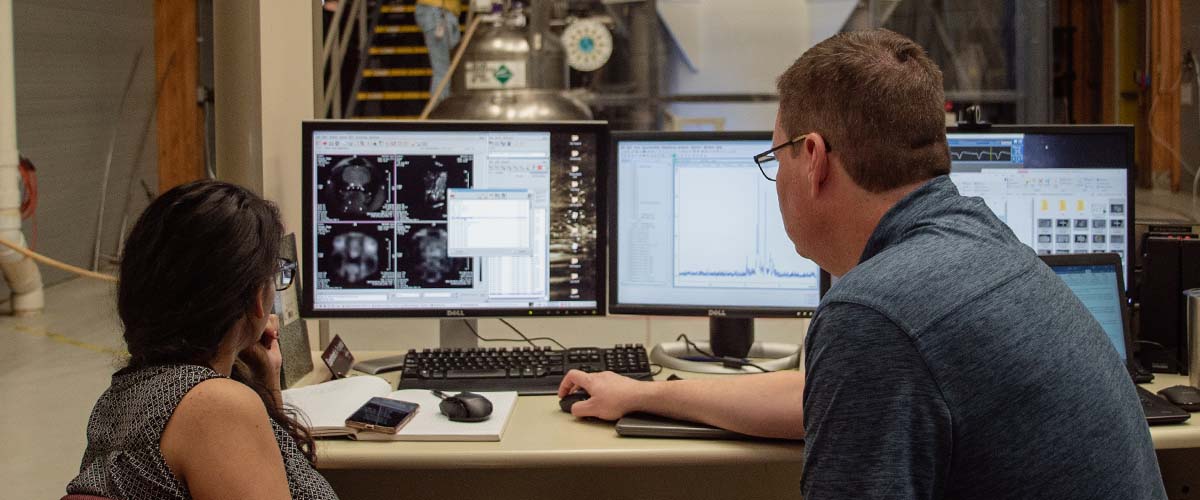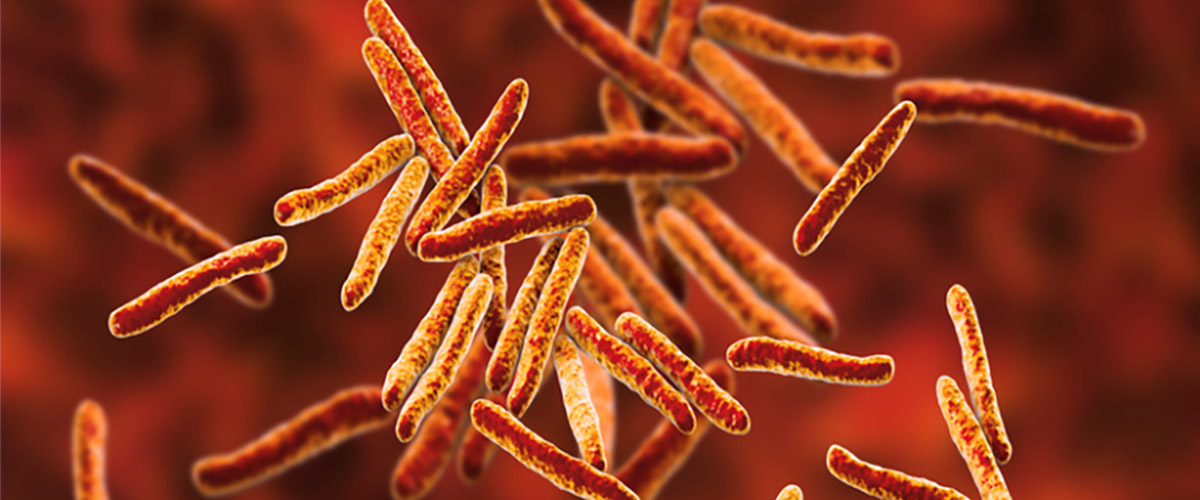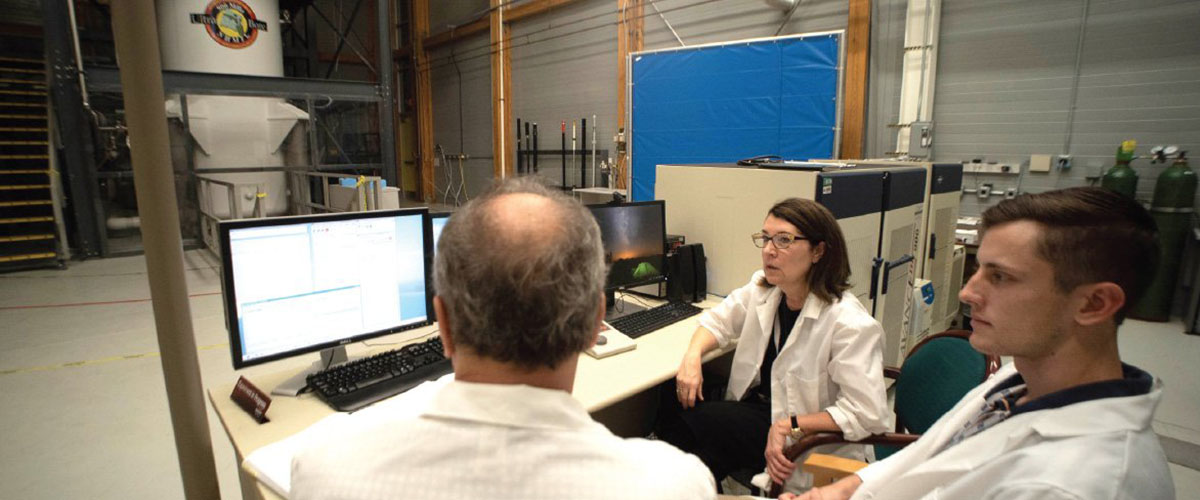The MagLab’s Sodium Sleuth, scholar-scientist Victor Schepkin, has explored sodium in crystals, hearts and now brains, trying to solve some of our world’s biggest medical mysteries. This time, his work to understand how sodium relates to tumor resistance could lead to new, more effective cancer treatments.
Cancer check
We all know that cancer is serious, but did you know that cancer is responsible for more than 7.6 million deaths a year worldwide and 1,500 a day in the U.S.? New drugs and treatment strategies are helping transform cancer victims into cancer survivors, but more than 1.6 million new cancer cases are expected to be diagnosed in the U.S. this year alone.
Cancer cells are different from normal, healthy cells in your body. In a normal cell, if DNA is damaged, the cell repairs itself or dies. In cancer cells, though, damaged DNA is not repaired and the cell doesn’t die as it should. Instead, these damaged cells grow uncontrollably into abnormal cells that then can also attack other tissues.
Magnetic Resonance Imaging, or MRI, is a key tool in cancer detection and treatment planning. With the help of strong magnets, MRI scanners take pictures of your insides by mapping the water in your tissues. These scans help doctors locate abnormal growths in the body that could be cancer. MRI scans can also help doctors determine if a tumor is benign or malignant and can even show physicians whether cancer cells have spread to a different part of the body.
World’s strongest MRI
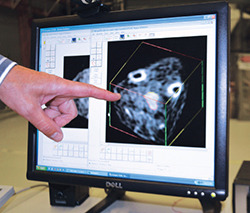
Brain tumor in a rat (the white mass beind the eyes).
Scientists measure magnetic field strength in units called tesla. A refrigerator magnet that holds your appointment reminder card is about 0.03 tesla. Most MRI machines used by physicians or in hospitals are between 1 and 3 tesla.
At the National High Magnetic Field Laboratory, however, a 21.1 tesla MRI magnet produces images that are much more detailed than those you could get with a standard MRI. Known as the world’s strongest MRI machine, this magnet allows researchers to isolate atoms other than water, such as sodium, in the body of small living animals such as birds, rats, hamsters or insects.
Sodium: So what?
Why would scientists want to look at sodium in the body, and what does sodium have to do with cancer research?
Sodium is actually a critical component of your body’s health. Acting as both an electrolyte and a mineral, sodium helps maintain a balance between water and electrolytes in the body. Sodium is also important in nerve and muscle functions and helps in transporting chemicals to and from cells. But sodium, as it turns out, may also hold the key to cracking cancer cells’ strength, says Schepkin, who has conducted numerous experiments in this area.
His recent work with co-collaborator and neuroscience expert Cathy Levenson, from Florida State University’s College of Medicine, offers powerful new information on cancer that may someday lead to new, more effective and successful cancer treatment strategies.
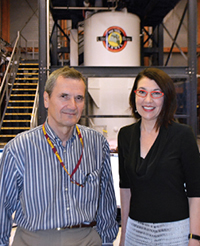
Scientists Victor Schepkin and Cathy Levenson.
Cancer cells aren’t just deadly, they are also quite clever, able to divide, mutate and evolve to stay alive.
“After chemotherapy,” Levenson says, “cancer cells learn how to evade the drugs and create a resistance, not just to the original chemotherapy, but to other treatment options as well.”
This drug-dodging can leave patients feeling helpless and doctors scrambling to find new treatment solutions. What doctors really need, Levenson says, is a non-invasive way to see whether a tumor is resistant to different chemotherapy options before they treat the cancer.
Enter the world’s strongest MRI machine, the MagLab’s 21.1 tesla.
With the high magnetic fields available at the MagLab — approximately 50 times more sensitive than a traditional MRI — Schepkin and Levenson were able to visualize sodium in cancer cells from a rat’s brain to see when a tumor has become resistant to chemotherapy. They discovered that cancerous brain cells with low sodium levels indicate stronger, more resistant tumors, while cells comprised of more sodium are less resistant and could be treated efficiently and with the use of fewer drugs.
Diffusing the cancer situation
Schepkin also uses a special technique called diffusion MRI to learn more about cancer cells. Diffusion MRI doesn’t just track where water is in the body, but also looks at the movement of that water.
When combined with sodium imaging, diffusion MRI is able to show researchers whether chemotherapy is working in a rat with brain cancer much sooner than is currently possible for human cancer patients. Patients must typically wait weeks or months to see if cancer treatment is having an effect on their tumors. The MagLab’s powerful MRI, though, can reveal if a tumor cell is shrinking in just hours by identifying the change in sodium levels in the cancer cell.
“Before cancer cells die, we can see on the MRI scans that these cells first lose sodium and then, more water flows into the tumor cell,” Schepkin says.
These two MRI processes — sodium MRI and diffusion MRI — could one day work in concert to offer two unique ways for physicians to analyze a tumor and decide how to best treat that specific case of cancer.
And perhaps even more importantly, this research could be the key to an entirely new way of killing cancer cells.
“This is exciting,” says Schepkin, “because it means we may be able to destroy cancer cells in a different way than we did before.”
By forcing a sodium imbalance in a cancerous cell, scientists may be able to destroy cancer cells without the use of any chemotherapy at all.
Cancer treatment without the chemotherapy side effects? Now that would really be worth its salt!
This story was originally published in ISSUE 10 of flux magazine, a discontinued publication of the National High Magnetic Field Laboratory.



